Women’s Equality Day Special – Best Female-Centric Animated Films


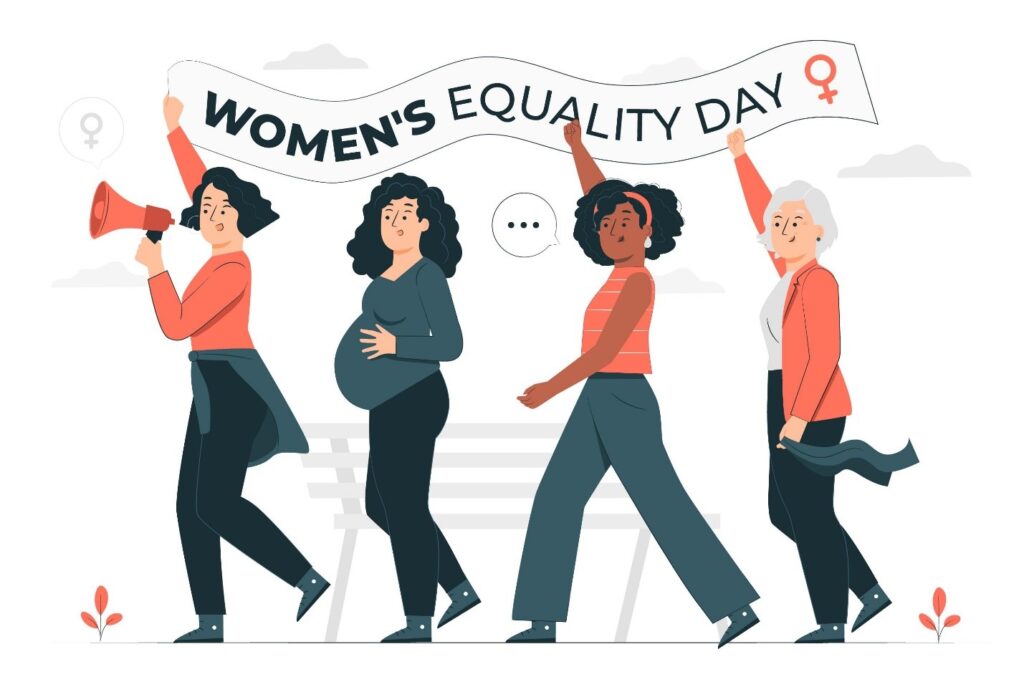
The Hollywood industry is miles behind in terms of female representation. Just last year, only 33% of the live-action films featured women in leading roles.
Fortunately, animated movies are an entirely different story. From one of the first animated films, Snow White and the Seven Dwarfs, to the recently released Netflix original, Nimona, female characters have been the central focus of their respective narratives.
While some have been one-dimensional, waiting for a knight on a horse to rescue them (not that there’s anything wrong with that), others are anything but. And it’s important to have strong, independent, and fierce female characters because many young girls – and boys – grow up watching and idolizing them.
So, in honor of Women’s Equality Day, celebrated on 26th August, we’ve listed some of the most interesting female characters from animated films.
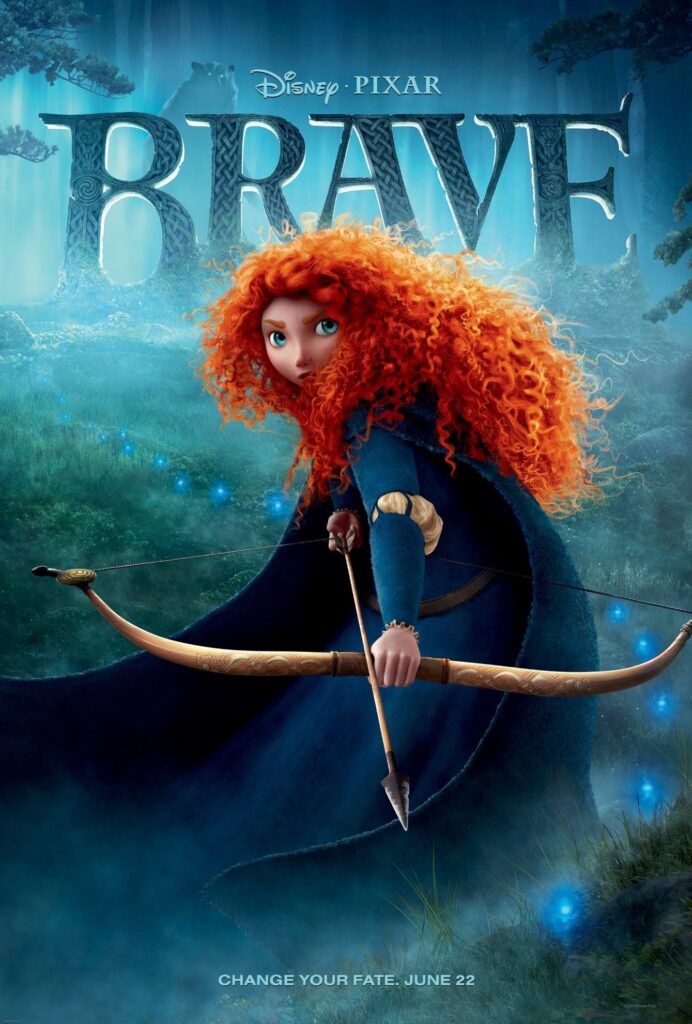
Picture Credits: Pixar Animation Studios and Walt Disney Pictures
What’s It About: Follows a young Princess Merida in 10th century medieval Scotland, who wants to do everything but get married, much to her mother’s dismay. To ‘change’ her mother, she strikes a deal with a witch, resulting in chaos.
For as long as one can remember, the story goes like this: an evil monster kidnaps a princess. Her father, in a desperate attempt to bring her back, announces that whoever is successful in doing so will be betrothed to her.
And just like that, the existence of a walking and talking person is reduced to that of a disposable trophy.
Brave is one of the first films that broke this trope in the form of Princess Merida. A highly skilled archer, she recognizes her autonomy, but her mother doesn’t.
To dissuade her mother from getting her married, Merida unwittingly unleashes a beastly curse. But she doesn’t wait for someone else to come and rescue her.
Instead, Merida, using her courage and determination, sets out to find a solution. And in doing so, she proves herself as a capable heroine.
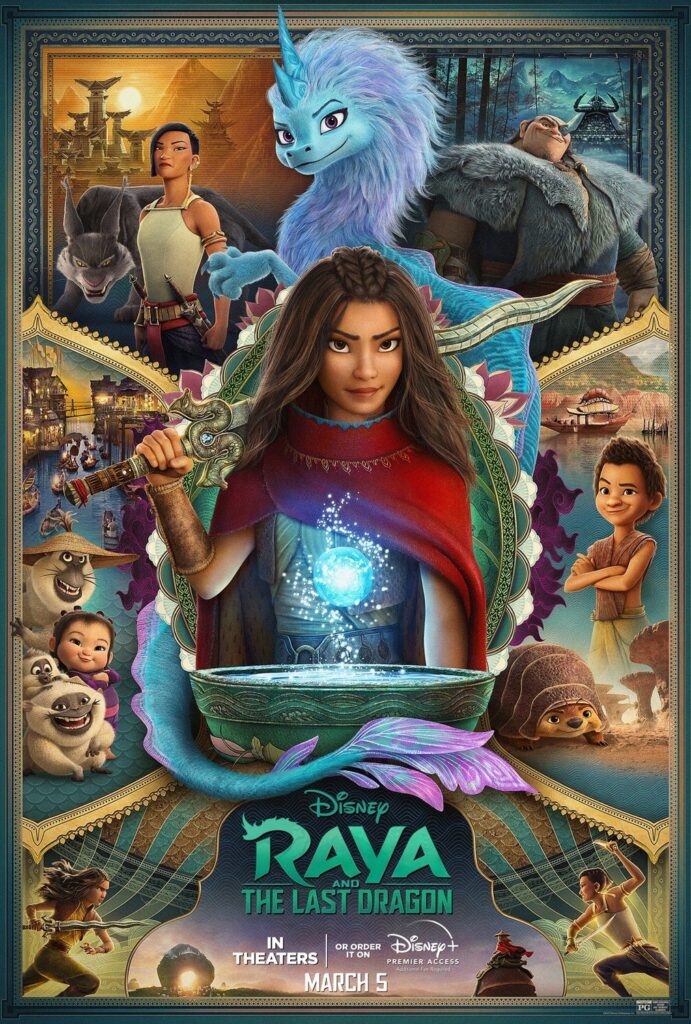
Picture Credits: Walt Disney Pictures
What’s It About: A fearless warrior, Raya, embarks on a quest to retrieve a legendary dragon that would restore peace in her kingdom.
Raya and the Last Dragon was hailed for many reasons. It prominently featured Southeast Asian characters and voice actors, which was uncommon for a Hollywood film.
In addition, the Walt Disney Pictures-produced animated film did not confine the female protagonist to a romantic subplot; her loyalty lied with bringing the long-lost peace to her land.
On her journey, Raya also crosses paths with Namaari, a friend-turned-foe and then foe-turned-friend. Namaari, in her own right, was a worthy antagonist, though she didn’t remain one for long.
Besides showing Raya as a fearsome warrior, the film delves deeper into the character’s inability to trust others. This way, they established that Raya was, by no means, a perfect character but a normal human.
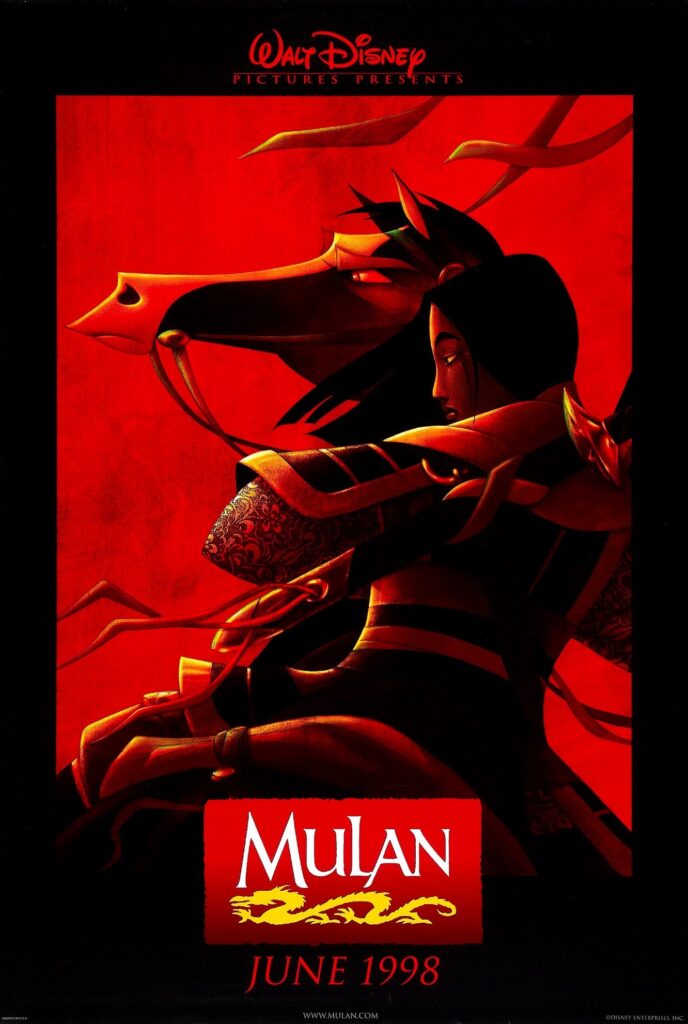
Picture Credits: Walt Disney Pictures
What’s It About: To save her dying father from being enlisted into the army, a young maiden in Northern China, Mulan, disguises herself as a man to join his place.
If you saw Mulan during your childhood, the plot must’ve come as a shock. After all, it’s not every day you see a family-centric film about a war in which a woman impersonates a man to fight a nomadic group.
Mulan perfectly captured the struggle of being a woman in a male-dominated society, one of the very first animated films to achieve this. It showed that women can do anything men can when given the same opportunities.
And they might do it better, as Mulan proved time and again in the film.
In one of the scenes, the soldiers being trained, including Mulan, are tasked with retrieving an arrow from the top of a tall pole. While everyone else fails, Mulan doesn’t, confidently recovering and tossing the arrow in front of everyone.
At the end of the film, everyone recognizes Mulan for the heroine she is and bows down to her.
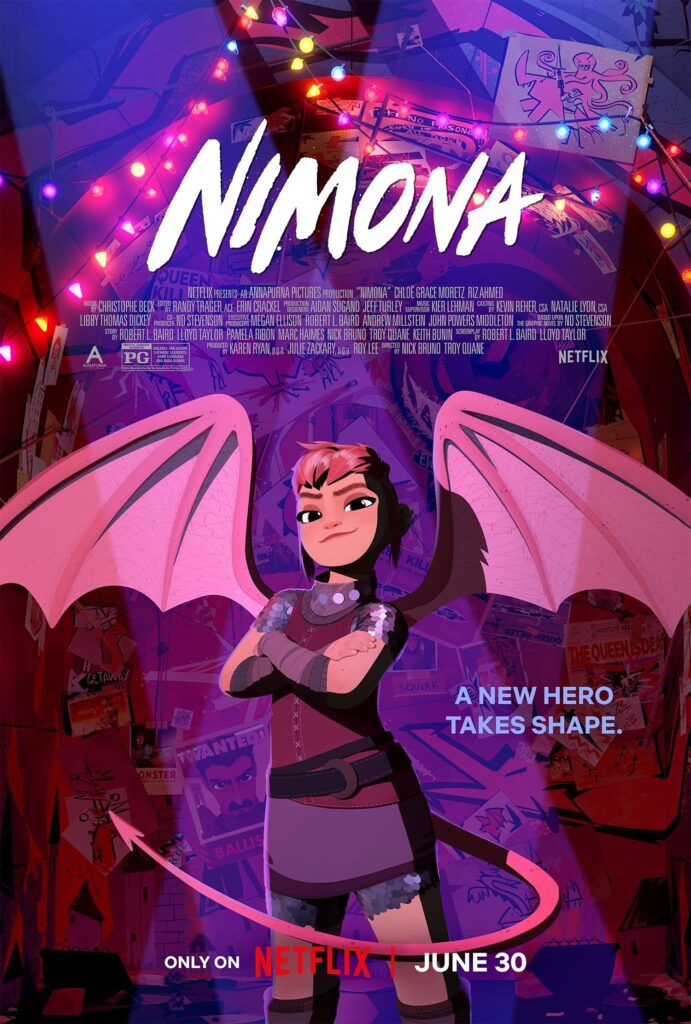
Picture Credits: Annapurna Pictures and Netflix
What’s It About: After a knight, Ballister Boldheart, is framed for a crime he didn’t commit, a shape-shifting teen, Nimona, agrees to help him clear his name.
To think that a powerful, funny, and thought-provoking film like Nimona almost didn’t get made is frustrating. But thanks to Netflix and Annapurna Pictures, the film was brought back to life.
There’s a lot to like about Nimona. The film has an original story that manages to distinguish itself from other animated features. It’s got eye-popping visuals, beautifully blending 2D and 3D styles.
But the best part about Nimona is its titular female lead, a spunky and chaotic teenager with the ability to transform into anyone she wants, animals and humans.
Because of Nimona’s power, she’s been ostracized from society, a poignant and central theme of the film.
Nimona is far from your typical female protagonist, and that’s precisely what makes her so likable.
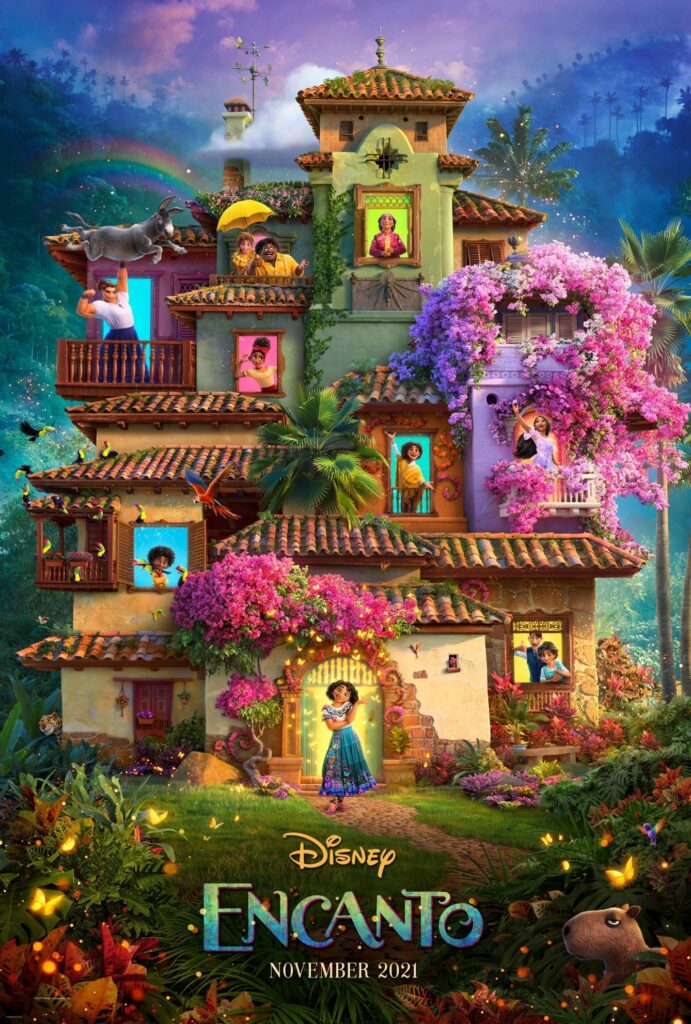
Picture Credits: Walt Disney Pictures
What’s it About: In the Madrigal family, every person is born with powers, except Mirabel. But when the very magical powers are threatened, it’s up to the non-magical Mirabel to save them.
Disney bid adieu to familiar tropes and made generational trauma its focus with films like Turning Red and Encanto. The latter featured multiple female characters, each blessed with a magical ability. Well, everyone but Mirabel, who mysteriously didn’t receive any powers.
Despite living in a house with people who could lift anything or conjure flowers out of thin air, Mirabel didn’t feel underconfident. And it worked significantly in her favor.
Later in the film, we discover that the powers weighed heavy on the Madrigal sisters, proving they were ordinary humans.
When you think about it, it sounds too familiar.
Because you’re expected to, how often have you had to portray a perfect image?
Encanto demonstrated that you can be strong and feel weak, be perfect and feel insecure, and be flawed and feel perfect – all through the eyes of its various female characters.
It’s nice to see that animated films are breaking free from typical beauty standards for women. Having varying personalities aside, the characters wear glasses, have brown skin, and rock curly hair.
That’s what makes them relatable, right?
Not all of us have silky hair, ocean-like blue eyes, or skin as ‘white as the freshly fallen snow.’
Moving forward, we hope animated films continue representing women of all shapes and sizes.